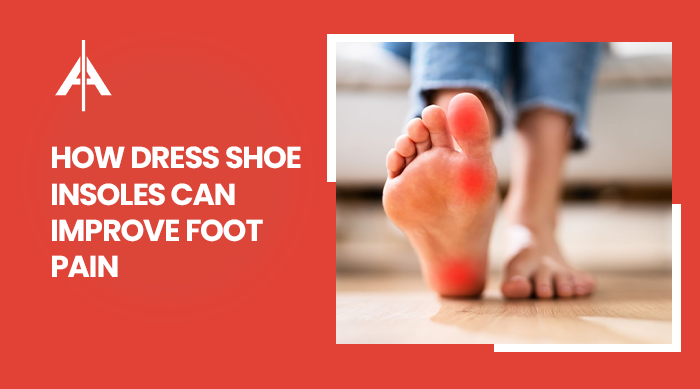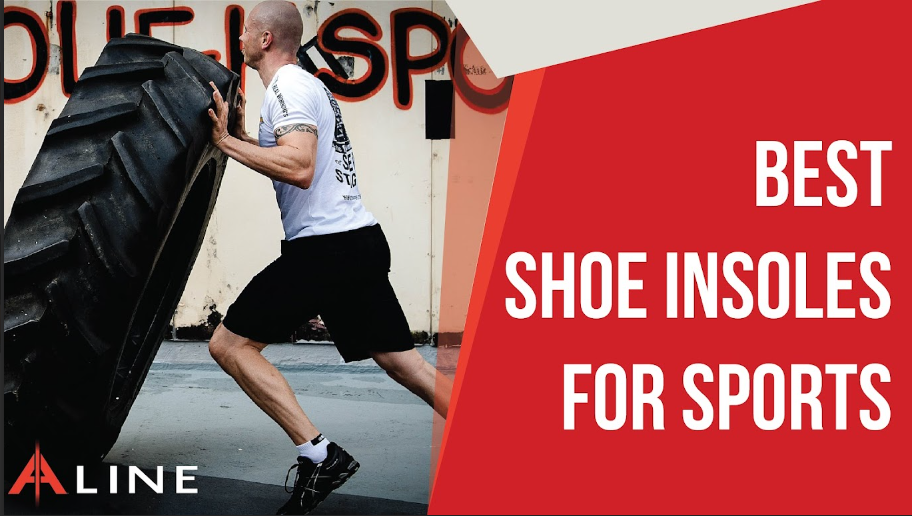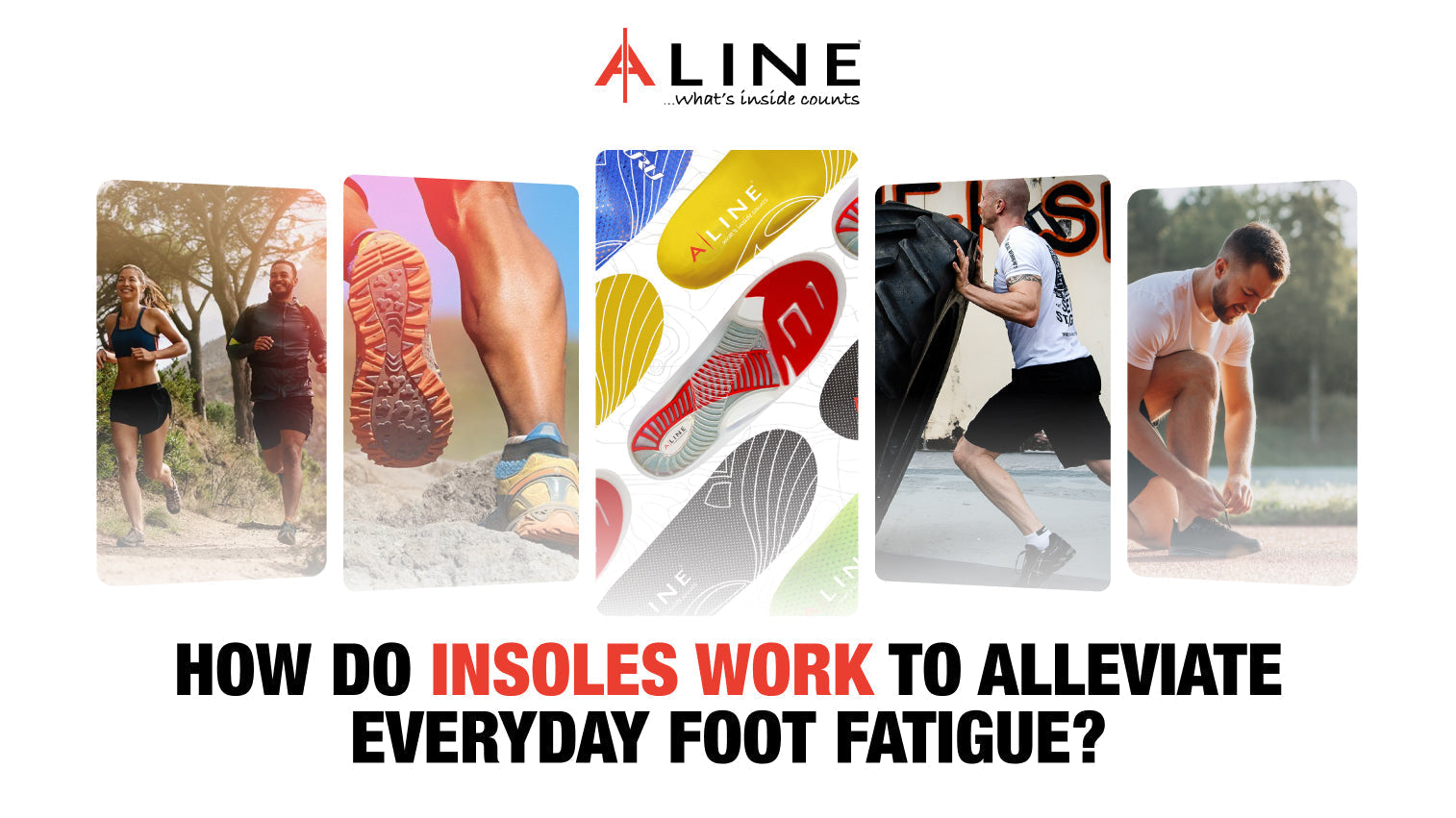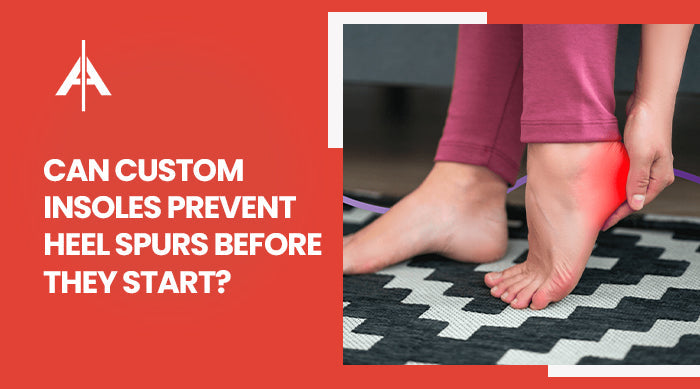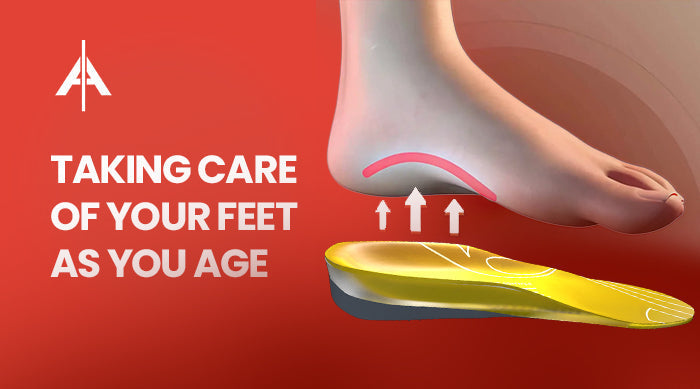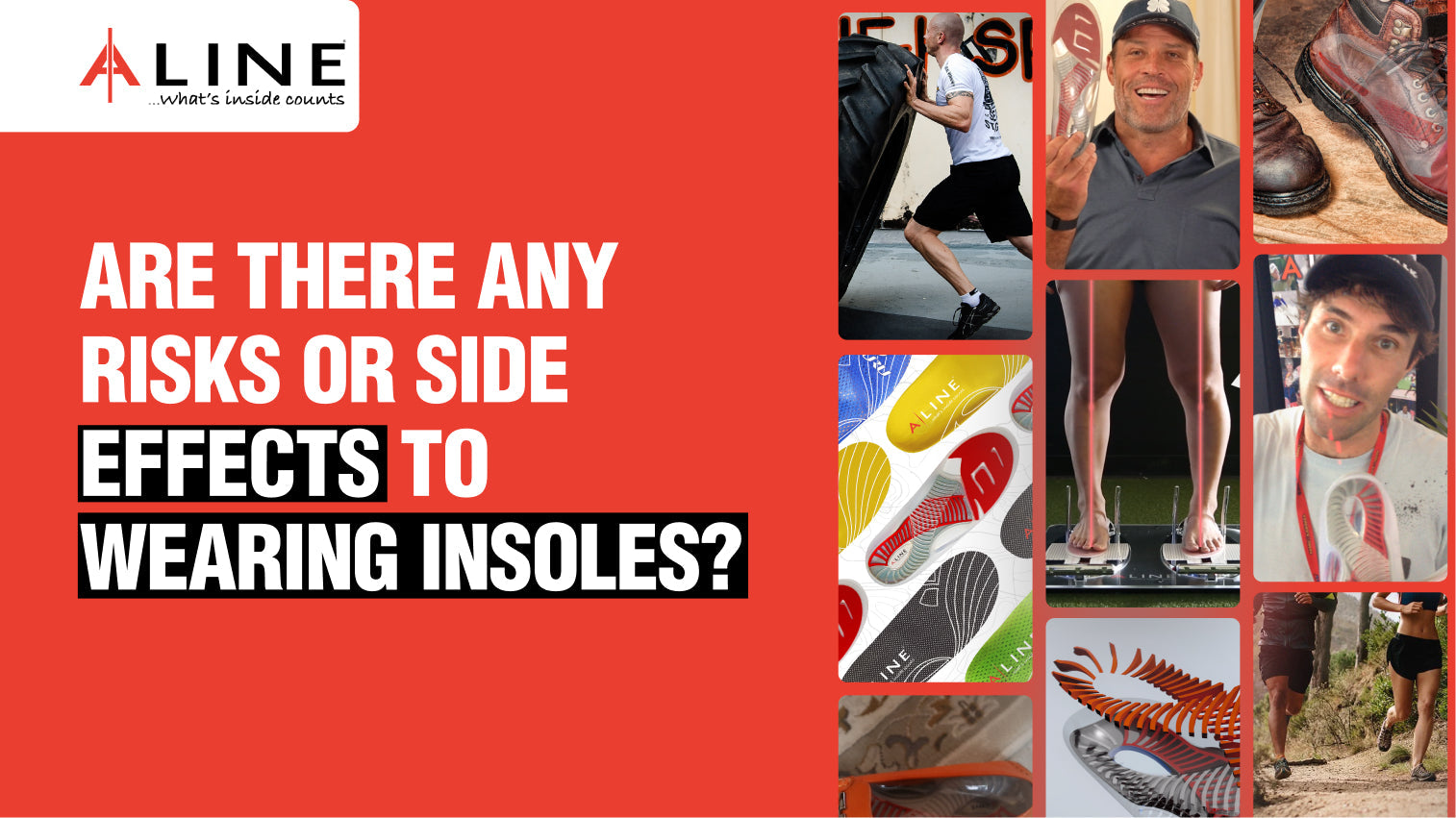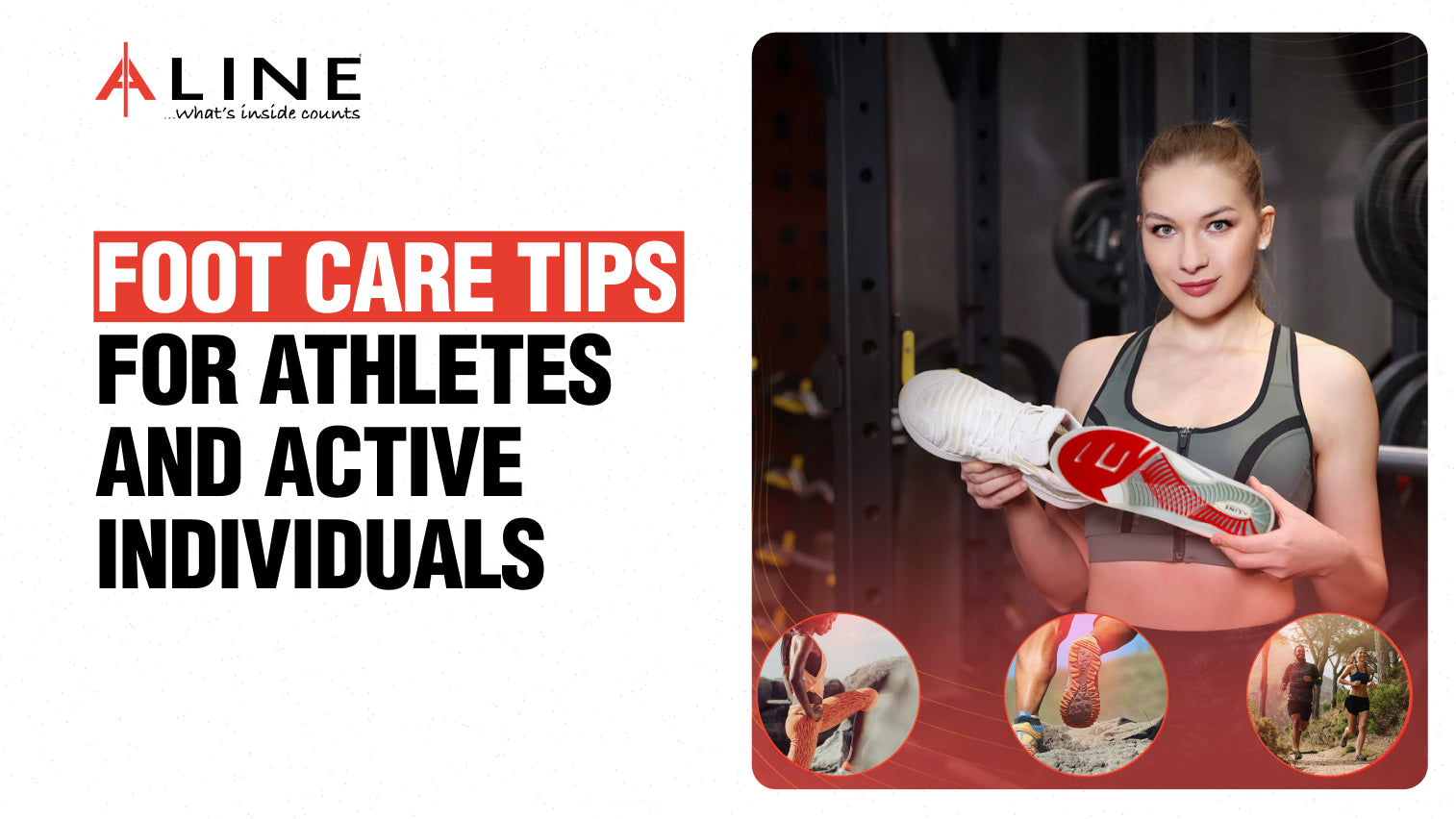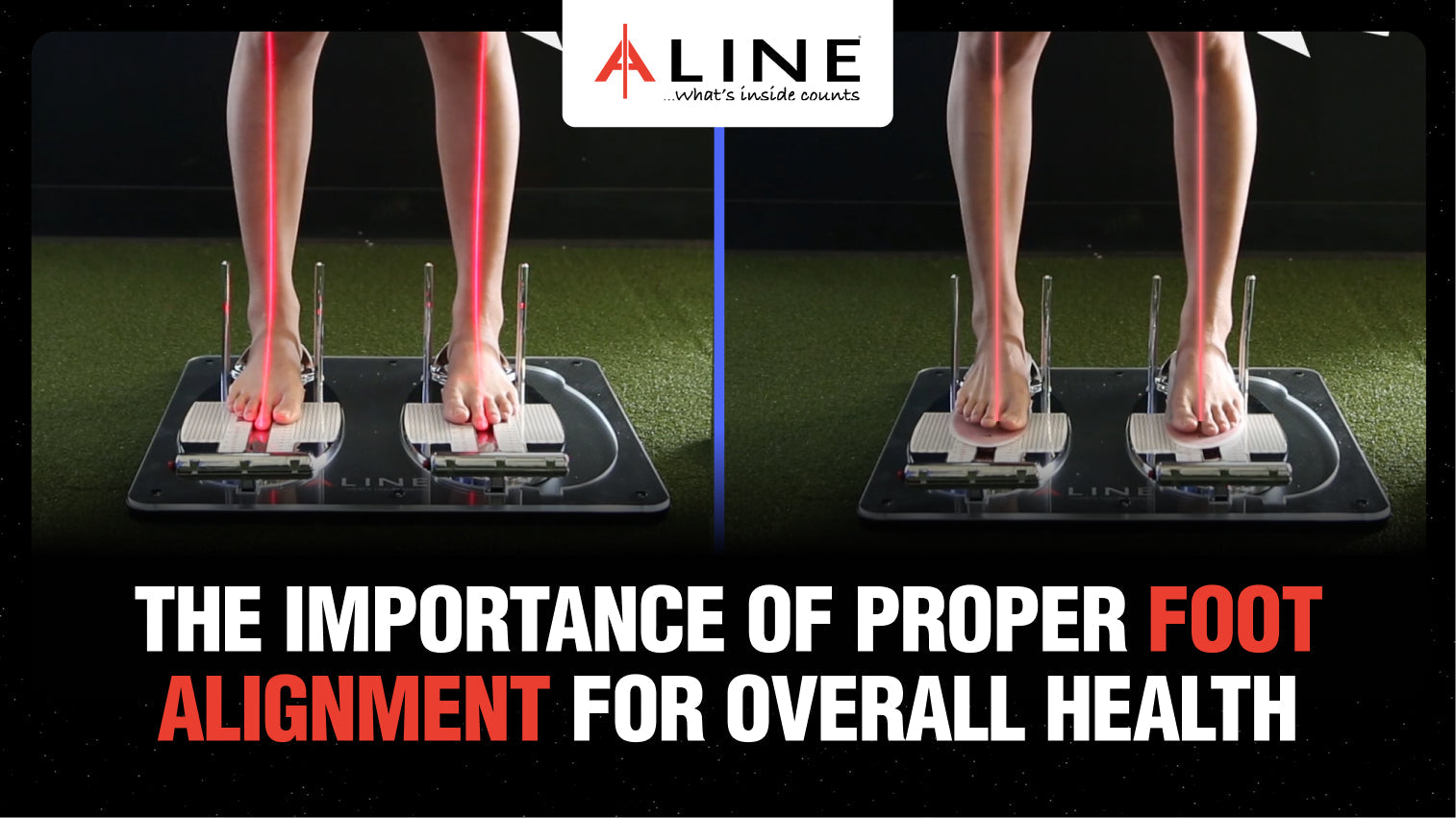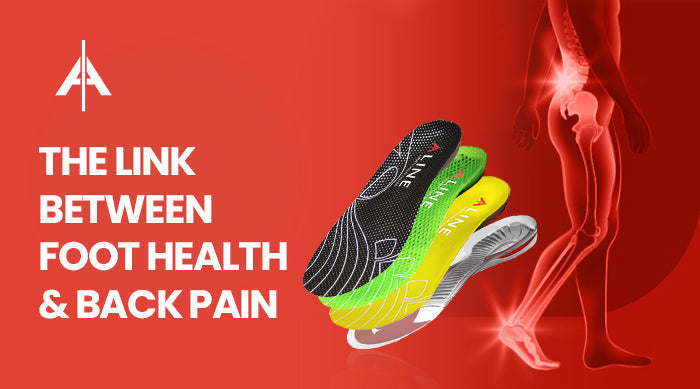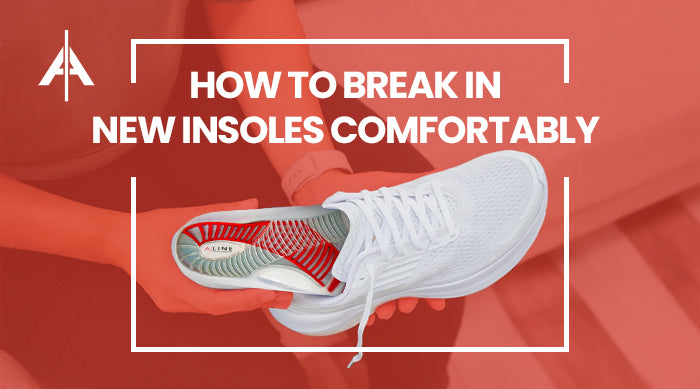How Trekking Insoles Help Prevent Blisters and Foot Pain

When embarking on a trekking adventure, comfort and foot health are paramount. Long hikes can be strenuous on your feet, leading to blisters, pain, and discomfort. One often-overlooked solution is the use of trekking insoles. These specialized insoles provide support and cushioning, significantly reducing the risk of foot problems during your treks. This article explores how trekking insoles help prevent blisters and foot pain, enhancing your overall hiking experience.
Understanding the Importance of Trekking Insoles
Why Your Feet Matter
Your feet are the foundation of your trekking experience. They endure the weight of your body, the impact of each step, and the stress of varying terrains. Proper care and support are essential to ensure your feet can handle the rigors of long hikes.
- Support: Trekking involves diverse terrains, from rocky paths to steep inclines. Insoles offer essential arch support and stability, which helps maintain proper foot alignment and reduces strain on your feet and legs. This support is crucial for trekkers, as it can help prevent common injuries like shin splints and tendonitis.
- Comfort: Trekking insoles provide cushioning that absorbs impact, enhancing overall comfort. This is especially important when carrying a heavy backpack, as the added weight can exacerbate foot pain and fatigue. Quality insoles can make a significant difference, allowing you to enjoy your trek without the constant distraction of discomfort.
Common Foot Problems Faced by Trekkers
Many trekkers experience foot-related issues, which can hinder their performance and enjoyment. Common problems include:
- Blisters: Friction between your foot and the inside of your shoe can lead to painful blisters. This is especially common during long treks or when wearing new footwear. The skin can become irritated, leading to fluid accumulation and resulting in blisters that may take days to heal.
- Foot Pain: Prolonged walking can cause discomfort in various areas of the foot, including the arches, heels, and balls of the feet. Conditions such as plantar fasciitis, metatarsalgia, and general foot fatigue can arise, making it difficult to continue your trek.
- Fatigue: Without proper support and cushioning, your feet can become fatigued quickly, leading to a decline in performance and enjoyment during your hike. Fatigue can also affect your balance and stability, increasing the risk of falls and injuries.
How Trekking Insoles Prevent Blisters
1. Enhanced Cushioning
Trekking insoles are often made with advanced cushioning materials that absorb shock and reduce impact on your feet. This cushioning helps to minimize the friction that leads to blisters.
- Foam or Gel Materials: Many insoles utilize specialized foam or gel that contours to your foot's shape, providing a customized fit that reduces movement within the shoe. This snug fit is crucial in preventing the skin from rubbing against the shoe, a primary cause of blisters. The cushioning also acts as a buffer against the hard surfaces you encounter while trekking.
- Shock Absorption: The cushioning in trekking insoles acts as a shock absorber, dispersing the forces exerted on your feet during walking or running. This feature is particularly beneficial on rocky or uneven terrains, where foot impact is more pronounced. By reducing the direct impact on your feet, insoles help to prevent bruising and soreness.
2. Moisture Management
Sweaty feet are more prone to blisters, as moisture increases friction between your skin and your footwear. Many trekking insoles are designed with moisture-wicking materials that help keep your feet dry.
- Breathable Fabrics: Insoles made from breathable materials allow air to circulate, reducing moisture buildup. This feature is vital during long treks, where sweat accumulation can lead to blister formation. Breathable insoles also help regulate temperature, keeping your feet comfortable in various weather conditions.
- Antimicrobial Properties: Some trekking insoles also include antimicrobial treatments that help control odor and reduce the risk of fungal infections. Keeping your feet clean and dry further contributes to blister prevention. The reduction of odor-causing bacteria can also enhance your overall trekking experience, making it more enjoyable.
3. Improved Fit
A proper fit is crucial for preventing blisters. Trekking insoles help create a more customized fit within your footwear, ensuring your foot does not slide around inside the shoe.
- Arch Support: By providing adequate arch support, insoles help maintain foot stability, which reduces unnecessary movement and friction. This stability is especially important during uneven terrain, where the foot may shift more. Proper arch support also aids in distributing weight evenly across your foot, reducing localized pressure points.
- Customization: Many trekking insoles can be trimmed or adjusted to fit your specific shoe size and shape, ensuring a snug fit that minimizes blisters. Customizable insoles are particularly beneficial for individuals with unique foot shapes or specific requirements, such as extra cushioning in certain areas.
How Trekking Insoles Alleviate Foot Pain
1. Arch and Heel Support
Insoles designed specifically for trekking often feature targeted arch and heel support, which helps alleviate common foot pain issues.
- Preventing Overpronation: Trekking insoles can help control overpronation, where the foot rolls inward excessively. This condition can lead to various problems, including plantar fasciitis and Achilles tendinitis. Proper arch support helps to stabilize the foot, reducing strain on ligaments and tendons.
- Cushioning for the Heel: Many trekking insoles have extra cushioning in the heel area, providing relief for conditions like heel spurs or general heel pain, which can be exacerbated during long hikes. This cushioning helps absorb shock and pressure during each step, reducing discomfort.
2. Reduced Impact
Trekking can be hard on your feet, particularly on downhill sections where the impact is greater. Insoles designed for trekking help to absorb some of this impact.
- Energy Return: Quality insoles can enhance energy return, allowing for a more efficient push-off with each step. This efficiency reduces overall foot fatigue, allowing you to enjoy your trek longer. The right insoles can even enhance your performance, making it easier to tackle challenging trails.
- Shock Absorption: The shock absorption provided by insoles reduces the stress placed on your feet and legs, which can lead to pain after a long day of hiking. This feature is essential for preventing joint pain and discomfort, especially in the knees and lower back.
3. Customization for Your Needs
Every hiker's foot is different, and what works for one person may not work for another. Custom-fit insoles can cater to individual foot shapes and conditions.
- Tailored Support: Aline Insoles offer custom-fit insoles designed to meet specific foot health needs, providing the right support where it’s most needed. These insoles are crafted to accommodate unique foot structures, ensuring optimal comfort.
- Addressing Specific Conditions: Whether you have flat feet, high arches, or any other foot condition, custom insoles can be designed to alleviate pain and discomfort, ensuring a more enjoyable trekking experience. A proper fit can also enhance your overall posture, reducing strain on other parts of your body.
Tips for Choosing the Right Trekking Insoles

1. Assess Your Needs
Before selecting trekking insoles, it’s essential to assess your foot type and any existing foot conditions.
- Foot Type: Determine if you have flat feet, high arches, or neutral arches, as different insoles cater to these variations. Many brands provide guidance on the best insole type based on your foot shape.
- Pain Points: Identify specific areas of discomfort or pain you experience during treks, which can guide you toward the right insoles. Consider consulting a foot specialist or podiatrist if you have persistent issues.
2. Consider the Terrain
The type of terrain you typically hike on can also influence your choice of insoles.
- Rugged Terrain: If you often trek on rugged, uneven paths, look for insoles with extra cushioning and support to handle the impact. Insulated insoles can also provide additional comfort during colder hikes.
- Long-distance Hikes: For long-distance treks, prioritize insoles with enhanced moisture-wicking properties to keep your feet dry and comfortable. Look for features such as arch support and heel cushioning to alleviate pressure on longer walks.
3. Try Before You Buy
If possible, try on the insoles with your trekking shoes before making a purchase.
- Movement Test: Walk around in the insoles to ensure they provide the comfort and support you need. Pay attention to any pressure points or discomfort during the trial.
- Return Policy: Check the return policy of the insoles you’re considering. Many brands offer trial periods, allowing you to return them if they don't meet your needs. This ensures you can find the perfect fit without the risk of losing money.
Wrap Up
Investing in quality trekking insoles is essential for anyone who enjoys hiking and trekking. By preventing blisters and alleviating foot pain, these insoles enhance your overall trekking experience, allowing you to focus on enjoying nature rather than worrying about foot discomfort.
For customized support designed specifically for your trekking needs, consider exploring Aline Insoles. With the right insoles, you can take on any trail confidently and comfortably, making every adventure a memorable one.
Read More Articles:



